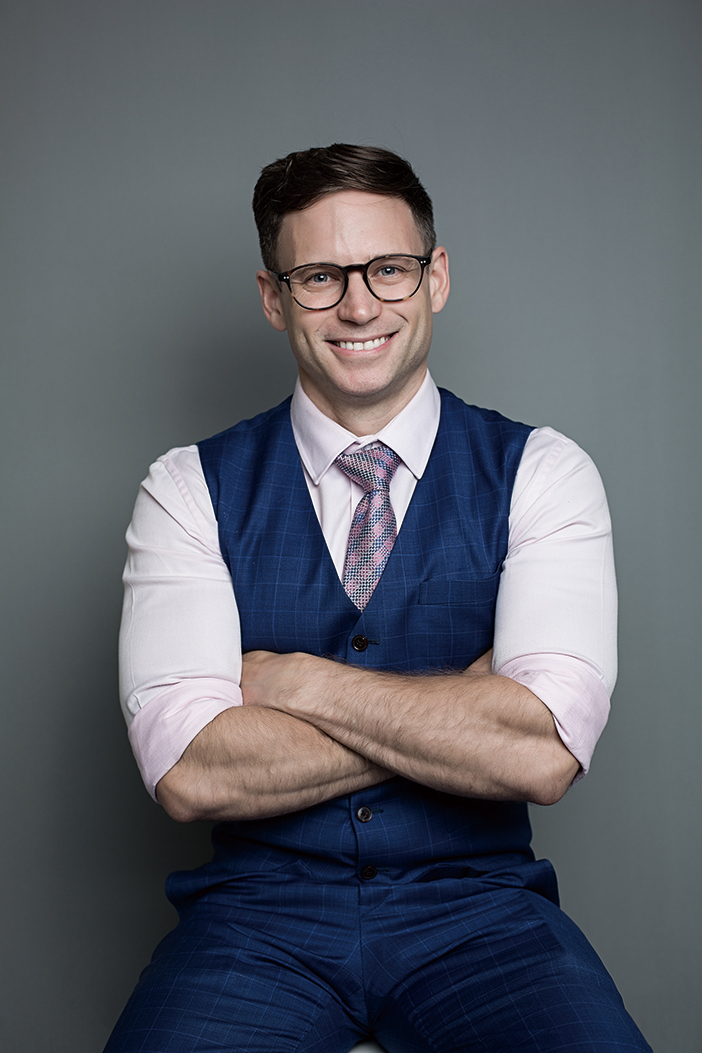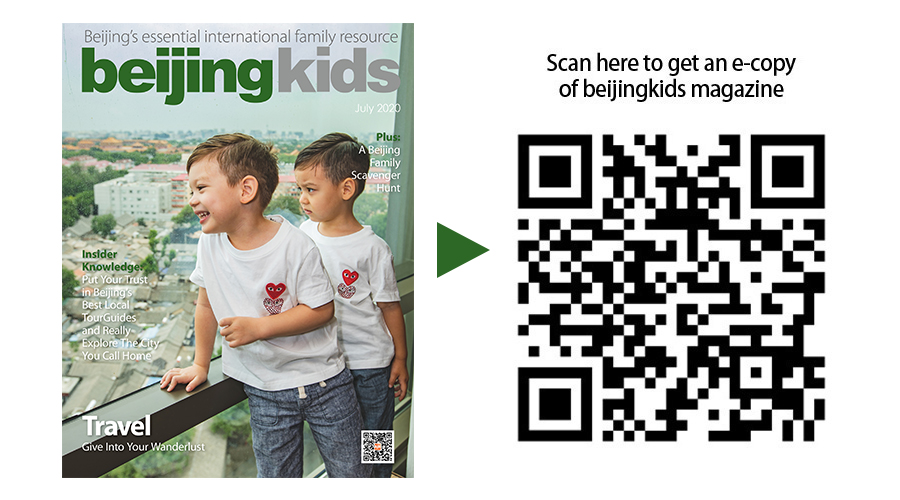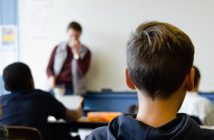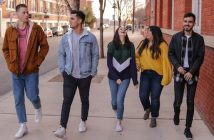According to global cybersecurity experts Cybersecurity Ventures, it is estimated that by 2021, there will be a staggering deficit of 3.5 million skilled workers in the cybersecurity field across the world. Two million of these vacancies will be in the Asia-Pacific region, while the rest will be split between North America and Europe. As the world becomes increasingly reliant on the use of smart gadgets, and with the introduction of AI in public spaces, one might think that it is easy for students to enter these fields. However, if this were true, the deficit number would be shrinking, instead of growing.

Christopher Murray
Shaping the future of this and other tech industries fall in part, to teachers like Christopher Murray. In his role as Educational Technological Coach at the Canadian International School of Beijing (CISB), he tries to channel his students’ interests and fascination with all things computers into a tech career in a virtually unpredictable world. And virtual reality is something Murray would know a thing or two about as it has been integrated into the school’s curriculum on almost every level: to enhance literacy, language acquisition, science, health, and physical education, as well as being used in art, design, music, history, and geography.
Though Murray wasn’t always guaranteed to end up managing an XR classroom (XR being an umbrella term for virtual, mixed, and augmented reality) it was always clear to him he would end up in a classroom of some kind. His parents, both teachers, were a great source of inspiration to him as a child. As Murray explains, “My parents are dedicated and highly acclaimed educators who have always conveyed strong beliefs about students, learning, and teaching. My father was a superintendent of schools and later taught education courses at the University of New Brunswick. My mother was a teacher specializing in literacy.” And in their footsteps he followed, studying English Literature at St. Thomas University, pursuing his Masters in Education at the University of Calgary, before teaching everywhere from Canada to Japan, and now Beijing.

In the six years that Murray has lived and worked in Beijing, the world of education has transformed dramatically, with schools creating curricula aimed at maximizing students’ learning potential while also adding an element of fun. Murray’s teaching philosophy is in line with this ‘new-age’ way of thinking. “Learning is a fun, engaging, and holistic activity. All students can learn in the right context. I try to create engagements that allow students to develop important skills while doing or learning about something they enjoy. We are currently experiencing a revolution in education. Teaching has changed from delivering content to mentoring skill development and encouraging,” offers Murray.

As a small-town guy, Murray admits to still being blown away by Beijing’s mammoth size and its iconic sites. “Living and working in Beijing has been great. I’ve made friends from all over the world, seen historical sites, eaten more types of food than I knew existed, and taken up some hobbies I otherwise wouldn’t have. Coming from a small town of 60,000 people, Beijing seems to have everything that one could want.” However, like many Beijing residents, both short and long-term, there is still one thing that eludes him: the Mandarin language. “There are so many opportunities here. I just wish I spent more time studying Mandarin. It would be wonderful to be able to communicate with people more easily,” confesses Murray. Nevertheless, he soldiers on and encourages his students to do the same. In Murray’s book, the glass is always half-full. As he puts it, “I feel that my positive attitude, inclusionary outlook, and growth mindset have helped positively affect the lives and learning of students here at CISB. By showing them that mistakes are ok, we should include people that may be shy, and we can learn anything through research and practice, students start to adopt these same characteristics. Children are such great learners. I’ve seen some students internalize these ideas and make them part of who they are.”

And indeed, he himself stands as an example for his students of what applying themselves and a willingness to experiment and reinvent can achieve. “I was in the air cadets when I was a teenager. When I was 16 years old, I took a course where I got my glider pilot license. The following year, I began teaching weekly courses on the principles of flight and meteorology,” Murray reveals, adding that giving these classes awoke his passion for teaching. Both the present and the future for Murray look bright, as he continues to explore his fascination with innovation, technological integration, artificial intelligence, MakerSpace, and design thinking. “In the future, I would like to take on a director of innovation, technological integration coordinator, or other such roles. Technology, design thinking, and artificial intelligence will play an increasingly large role in education as we prepare students for futures which are increasingly challenging to predict.”
And it this unpredictable future which makes teachers like Murray and his philosophies on education that much more precious. As students increasingly look for guidance on how to set themselves apart in an authentic, responsible and sustainable way, Murray offers up a bit of wisdom to help parents aid their children along their path to self-actualization. “One of the biggest pieces of advice I would give is to talk to your children about what they’re learning. When I was a child, we’d always have dinner together as a family. At the table, my parents would ask me about what I was learning in school and discuss these topics with me. They would provide examples, insights, and questioning that helped me to develop my critical thinking and reasoning skills.” Murray’s simple advice is bound to make the virtually impossible a virtual reality.
KEEP READING: Free Virtual Book Club For Kids Aged 2-5
 This article appeared in the beijingkids 2020 June issue
This article appeared in the beijingkids 2020 June issue




